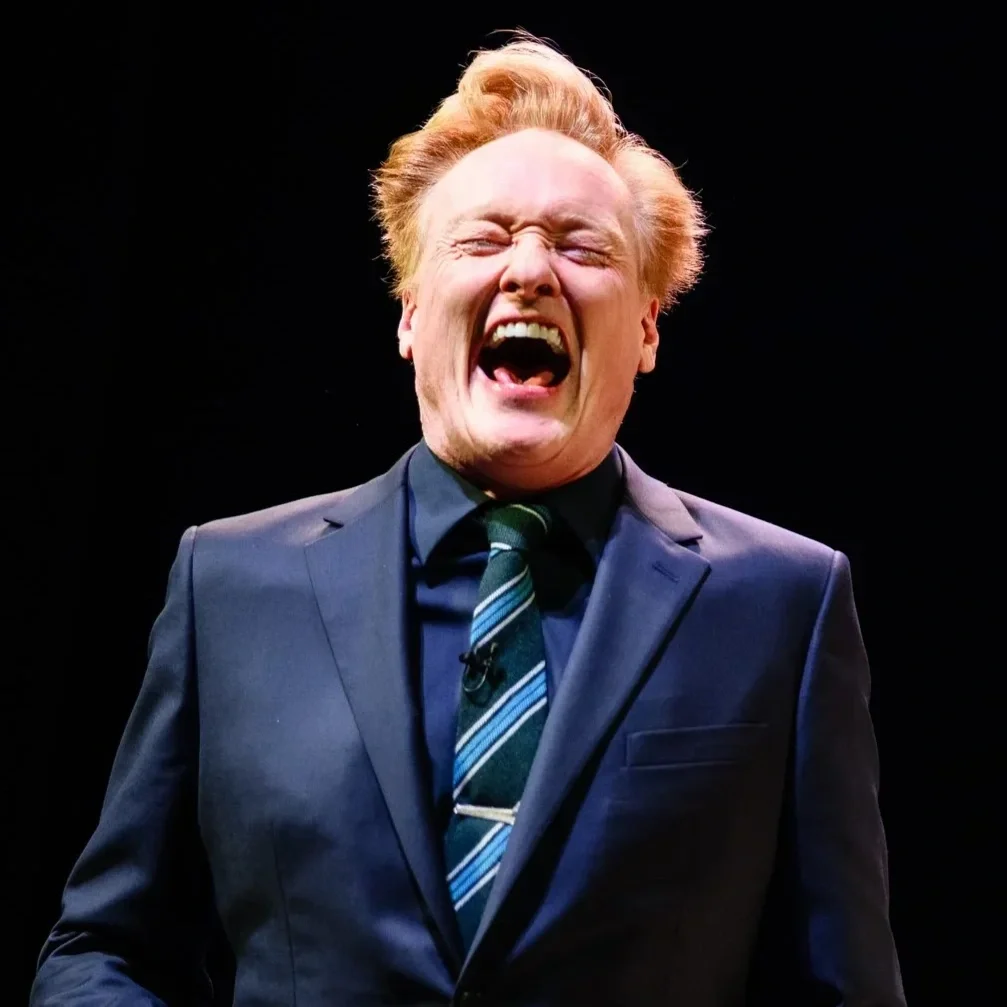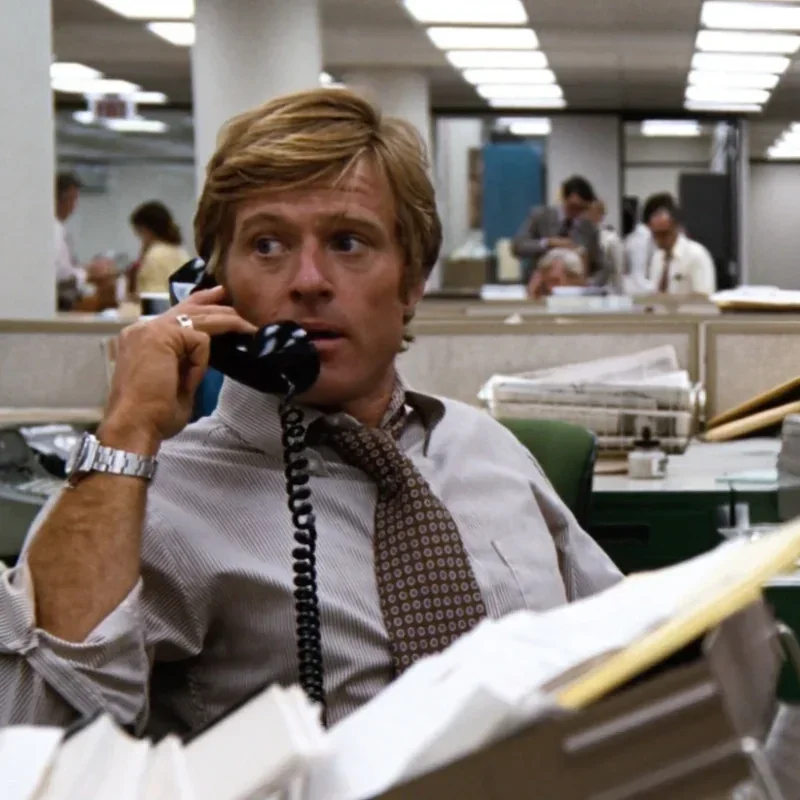When The Losers Fight Back: Inequality In Todd Phillips’ Joker
“Is it just me, or is it getting crazier out there?” (Arthur Fleck in Todd Phillips’ Joker, 2019)
Inequality produces a spectrum of winners and losers. Of haves and have nots. Of them and us. Todd Phillips’ Joker (2019) tells the story of those left behind in the economic horse race of globalization. Set against a backdrop of claustrophobic urbanization amidst an increasingly restless population and a groundswell of anti-rich sentiment, Arthur Fleck, our Joker, is globalization’s ultimate systemic loser. Fired from his job as a clown and discarded as labor, and with spiraling psychotic illness unleashed by his inability to pay his medical bills, he becomes an unlikely lightning rod for the violent powder keg of civil unrest which results from Gotham City’s economic, political and media losers finally reaching their breaking point.
In his journey, there are three distinctly unequal encounters between wealthy, powerful winners and Arthur as the poor, disenfranchised loser. First, a group of Wall Street traders, representative of economic inequality, set upon Arthur in the subway for sport, and are brutally murdered. But Arthur isn’t an agent of Schumpeter’s creative destruction (Guillén, 2020a), seeking to revolutionize an economic structure from within by incessantly creating a new one. Arthur is simply a nihilistic agent of destruction for its own ends, replacing current economic inequality with violence and no system at all.
Second, Thomas Wayne, symbol of Gotham’s billionaire elite and political inequality, declares war on the increasing unrest in his bid for mayor with the populist rhetoric that ‘until these kinds of people change for the better, those of us who’ve made something of our lives will always look at those who haven’t as nothing but clowns’ (Phillips, 2019). Wayne is positioned in comparison to Arthur as a symbol of the widening gap between rich and poor, implementing policies where the rich get richer at the expense of the economy’s losers (Alvaredo et al., 2013). Wayne’s opportunistic, populist speeches promise to lift everyone out of poverty, make everyone’s lives better, and isolate the problem into one which only he can solve (Guillén, 2018). His words prey on the insecure, those whose jobs are threatened, and demonize those unwilling or unable to work to make something of their lives (Guillén, 2020b). Wayne’s fortune is, of course, inherited.
Finally, Arthur becomes a guest on a late-night talk show, where he is openly mocked and derided by the show’s host, here a symbol of media inequality. He bemoans the awful state of things and perceives his portrayal as fake news, distributed at scale beyond his control (Alcott & Gentzkow, 2017). But this time, the tables turn and it’s Arthur who exacts his revenge upon a system which has failed him. He guns down the host on live television, and dances in the ensuing chaos.
As the movie crescendos, Arthur ventures out into the streets, where violent anti-globalization riots are in full swing, reminiscent of 2011’s Occupy Wall Street protests in substance but differing in outcome. The police have lost control, and Thomas Wayne gets gunned down by an anonymous protestor in clown face as a final act of political vengeance. Wayne’s death, in front of his son Bruce, becomes the origin story for who we all know to later become The Batman. Globalization’s borders established for citizens have been violently destroyed, symbols of free trade and political power murdered, and the market itself burns.
Todd Phillip’s Joker contains many depictions of the consequences of a globalized economic and political system which produces winners and losers. It draws upon claustrophobic issues of population increase, failure of individuals and urban expansion. Of populist rhetoric and media bias. But most importantly, articulates the possible violent future for what happens when inequality is allowed to thrive for too long.




































